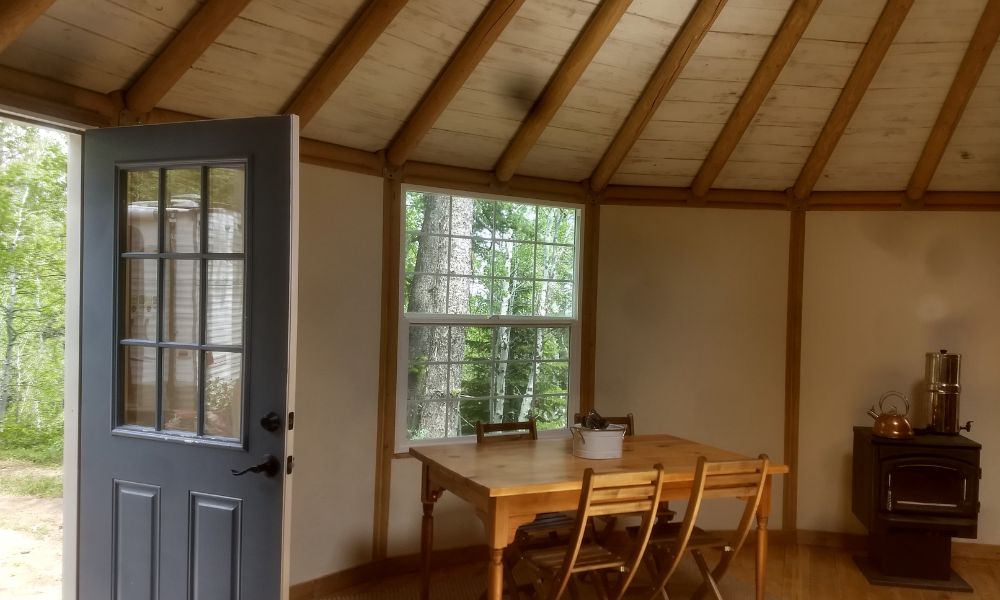As the demand for affordable housing continues to grow, alternative dwelling options, such as yurt cabins and tiny homes, are becoming increasingly popular. Choosing between the two can be a challenge for those seeking a compact, eco-friendly residence. Deciding which one is better, yurt cabins or tiny homes, depends on your cost, climate, space, mobility, and personal preferences.
Affordability: Materials and Labor
Yurt cabins generally have an edge over tiny homes regarding cost. Yurts tend to be more affordable than traditional tiny homes, as they use simple construction materials like wood and canvas. Traditional tiny homes often consist of expensive, specialized products and materials. Depending on the size and amenities, a yurt can cost between $5,000 and $30,000, while a tiny home may range from $30,000 to $100,000 or more.
Mobility: Easier Moves With Tiny Homes
While both options are portable to some extent, tiny homes generally offer greater ease of mobility. You can disassemble yurt cabins but they often require a more labor-intensive process for relocation. Additionally, their unconventional shape can make transportation difficult. Tiny homes, however, are frequently built on wheels or trailers, allowing you to hitch them to a vehicle and easily transport them to a new location.
Construction Time
Yurts have an advantage when it comes to construction time. While a tiny home can take several months to complete, you or the contractors you hire can build a yurt in as little as a few days, depending on its size and complexity. This efficiency can be particularly appealing for those seeking a quick and relatively trouble-free setup process.
Square Footage and Floor Space
While both yurt cabins and tiny homes occupy a small geographical footprint, yurts tend to capitalize on their space more efficiently. Due to its circular design, a yurt offers 15% more floor space than a comparably sized square or rectangular tiny home. Furthermore, yurts often feature high ceilings and open floor plans, promoting a sense of spaciousness and airiness despite their minimal square footage.
Climate Considerations
Considering the climate you intend to live in is important when choosing between a yurt cabin or a tiny home. Moderate climates generally suit yurts best, as they can lack the insulation necessary for extreme cold or heat. In contrast, you can equip tiny homes with quality insulation and HVAC systems, making them a more reliable option for those planning to reside in harsher environments.
However, Freedom Yurt Cabins offers yurt kits for sale with everything you need to construct a hard-sided (rather than canvas or vinyl fabric-covered), durable, weather-resistant dwelling that can endure more dramatic seasonal changes.
Ultimately, picking the best option for you between a yurt cabin or a tiny home comes down to personal preference and individual circumstances. While yurts may offer benefits in terms of affordability and quick construction, factors such as climate and mobility may limit their suitability for extended living. Conversely, tiny homes have greater adaptability and a larger range of amenities, which could be a more comfortable long-term option for some. However, they are costlier and offer less space. Reflect on your unique needs and priorities to determine which alternative dwelling best suits your lifestyle.



No responses yet